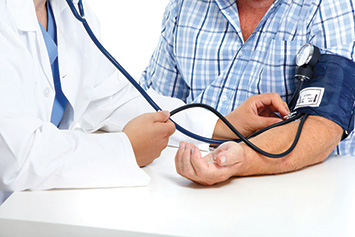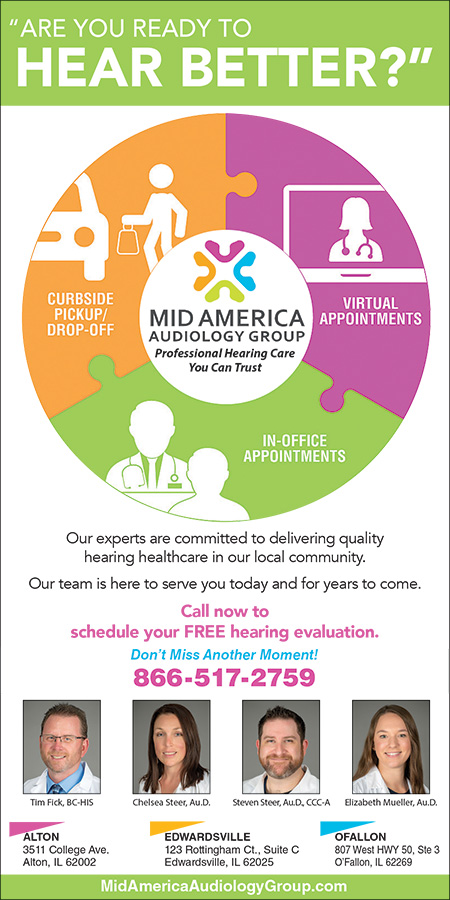 Is your blood pressure is normal at home but spikes when at the doctor’s office?
Is your blood pressure is normal at home but spikes when at the doctor’s office?
Is it anything to be worried about? This is a phenomenon in which people have a higher-than-normal blood pressure reading when they are at their healthcare provider’s office, but their blood pressure is normal outside of a healthcare setting. The syndrome gets its name from doctors and medical staff who sometimes wear white coats in a professional setting.
Among those with high blood pressure at the doctor’s office, 15 to 30 percent of them may actually have white coat hypertension. Experiencing the white coat effect doesn’t mean you have more general hypertension.
Likewise, some people with hypertension don’t always experience high blood pressure at the doctor’s office. This second condition is called masked hypertension. It occurs when your blood pressure reading is within a normal range at your doctor’s office but is higher in other settings.
Is white coat syndrome dangerous? While this pattern was once thought to be relatively benign, it actually is not. Most people whose blood pressure rises in the presence of a healthcare provider experience higher blood pressure under other forms of stress, too. Studies have found that people with this condition have a higher risk of heart attack and stroke than people whose blood pressure is normal when they visit their provider.
These patients need to be followed more closely and ensure that out-of-office blood pressure monitoring is performed on a semi-regular basis. Out-of-office monitoring will ensure that home blood pressures remain low and patients do not transition to elevated blood pressures at home and in the healthcare setting.
KNOW YOUR NUMBERS
Blood pressure is the measurement of the pressure or force of blood pushing against blood vessel walls. In high blood pressure (hypertension), this pressure against the blood vessel walls is consistently too high. High blood pressure is often called the “silent killer” because you may not be aware that anything is wrong, but the damage is occurring within your body.
Untreated high blood pressure, or hypertension, can increase your risk of stroke, heart failure, kidney failure and other conditions. Diet, medications, exercise and regular testing with a blood pressure monitor can help you keep your blood pressure where it should be.
High blood pressure usually doesn’t cause symptoms. The only way to know if you have high blood pressure is to have your blood pressure taken. Know your numbers so you can make the changes that help prevent or limit damage.
Your blood pressure reading has two numbers. The top number is the systolic, which measures the pressure on the blood vessel walls when your heart beats. The bottom number is the diastolic, which measures the pressure on your blood vessels between beats when the heart is at rest.
For example, a reading of 120/80 is normal for blood pressure; a reading of 135/85 is stage 1 (mild) hypertension, and so on.
If you have been diagnosed with high blood pressure, you and your healthcare provider will talk about your target blood pressure. Your provider may suggest that you:
- Check your own blood pressure regularly with a home blood pressure monitor. These electronic monitors are available at most pharmacies or online.
- Eat healthy foods that are low in salt and fat.
- Reach and maintain your best body weight.
- Limit alcohol to no more than two drinks each day for men and less than one drink each day for women. One drink is defined as one ounce of alcohol, five ounces of wine, or 12 ounces of beer.
- Be more physically active.
- Quit smoking.
- Work on controlling anger and managing stress.


